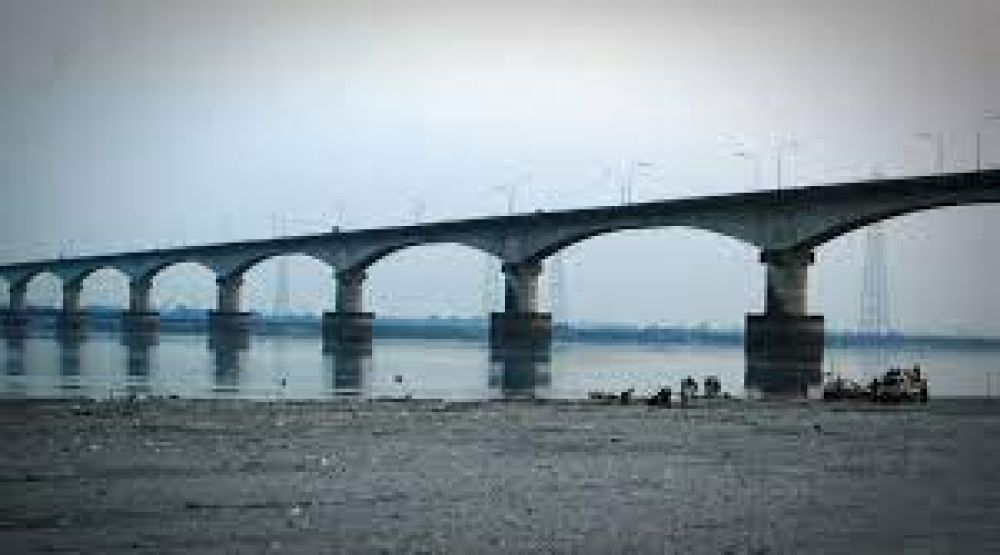

The Kalia Bhomora Setu, situated in Tezpur in the Indian state Assam, is a pivotal arch bridge that spans the mighty Brahmaputra River. Named after the Ahom General Kalia Bhomora Phukan, the bridge was conceptualized to become a crucial link between the districts of Sonitpur (on the north bank) and Nagaon (on the south bank).
The history of tourism in Tezpur, and how Kalia Bhomora Setu became a focal point, can be traced back to the early 1980s when the Assam government recognized the need for better infrastructure to boost the region's connectivity and subsequently, its tourism. The construction of the bridge began in 1981 and was completed in April 1987, heralding a new era of development and tourism for the region.
The bridge was engineered to facilitate travel, trade, and tourism between the two sides of the river, becoming an artery of commerce and cultural exchange. The Kalia Bhomora Setu is not only a feat of engineering but also an excellent vantage point for panoramic views of the Brahmaputra River, making it a favorite spot for tourists and locals alike.
Visitors to the Kalia Bhomora Setu often indulge in the beauty of the surrounding landscape, observing river dolphins, migratory birds, and the occasional sunset that paints the sky with vibrant hues. The bridge itself is an attraction, especially for those keen on understanding the engineering marvels of modern India.
Tezpur, the cultural and historical city near the bridge, is filled with ancient ruins, temples, and heritage parks, which further enrich the tourism experience. Tourist attractions such as Agnigarh, Bamuni Hills, and the Mahabhairab Temple offer glimpses into the region's rich mythological and archeological heritage.
In recent years, the focus on sustainable and eco-friendly tourism has risen to prominence in Assam. There is a growing emphasis on community-based tourism projects that support local livelihoods and culture while respecting the natural environment. Agrotourism and wildlife tourism, particularly visits to the Kaziranga National Park and Nameri National Park, are increasingly popular among visitors seeking authentic experiences.
Tezpur, with its proximity to these parks and the serenity it offers by the riverside, forms an integral part of the tourism circuit that caters to nature enthusiasts and cultural tourists. The Kalia Bhomora Setu is an essential piece in this mosaic, connecting visitors to the diverse attractions the region has to offer.
Looking towards the future, it is evident that tourism in Tezpur, with the Kalia Bhomora Setu as a landmark, will continue to evolve. Infrastructure improvements, such as better lodging and transportation facilities, are underway to handle the increasing number of tourists each year.
The bridge has become an instrument for cultural exchange, a point of reference for regional identity, and continues to support the flourishing tourism industry. As Tezpur fortifies its place on the travel map, the Kalia Bhomora Setu stands as a lasting symbol of connectivity and advancement in northeastern India's touristic landscape.